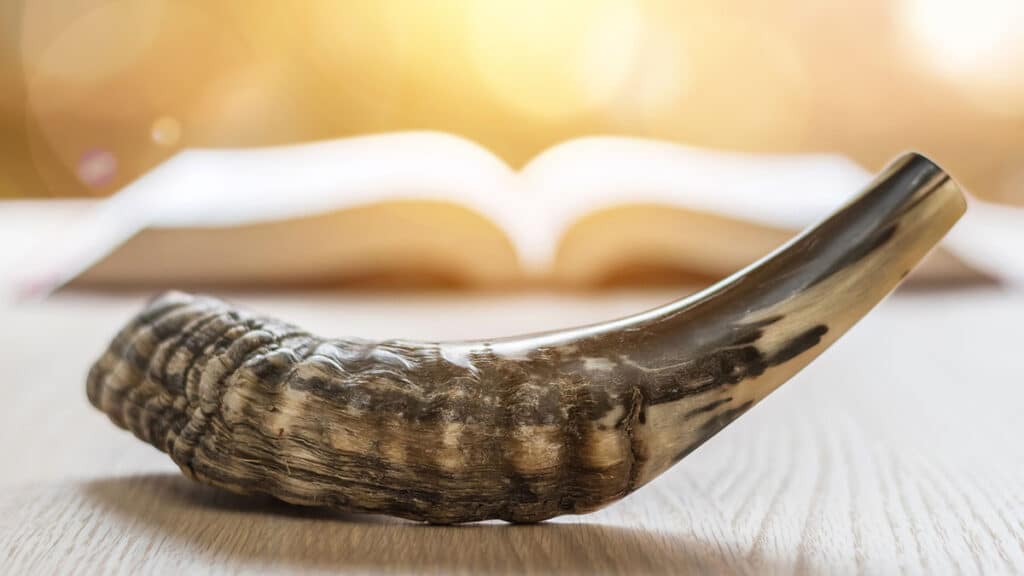
Yom Kippur is the Jewish day of atonement. It commemorates the return of the biblical Moses from the mountain with the second set of tablets. Atonement is making good or settling all of the bad stuff left around from the previous year. The holiest Jewish day of the year is a fast that many spend praying for forgiveness in synagogue.
The idea of apologizing and trying to correct your mistakes is a great idea. When we hold onto problems, they only grow.
An appropriate greeting is “Yom Tov” which is Hebrew for, “Have a good holy day.” You can also say “G’mar chatima tova,” which means, “may you be sealed in the book of life.”
Yom Kippur Traditions
Yom Kippur is the end of the High Holidays which start ten days before on Rosh Hashanah, or forty days before for the more devout.
Feast
Since Yom Kippur is a fast, people prepare for it with a feast on the afternoon before with fruits with honey and honey cakes. This is a symbolic meal.
Cleansing
Yom Kippur is from sundown to sundown. During Yom Kippur five prohibitions are observed:
- No eating or drinking
- No wearing leather shoes
- No washing or bathing
- No wearing perfumes
- No marital relations
The idea is that by suffering, one can better understand another’s suffering. It’s a ritual cleansing of all the bad stuff from the prior year.
At synagogue people read special prayers.
After
Once night falls, people feast again.
Then preparations for Sukkot begin.
